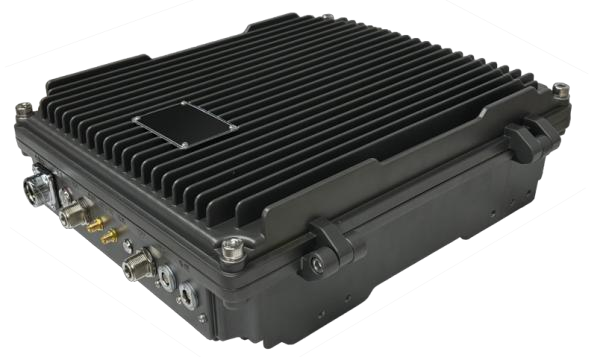Analysis of MESH-Based Swarm Communication Technology for Drones
As unmanned aerial vehicles (UAVs), commonly known as drones, become increasingly central to military, industrial, and civilian operations, the need for robust, reliable, and intelligent communication systems has become more pressing than ever. Among the leading technologies enabling the next generation of drone collaboration is MESH-based self-organizing (ad hoc) networking, particularly in the context of swarm or formation flight.
1. What is Drone Swarm Communication?
Drone swarm communication refers to the networking technologies that allow multiple UAVs to communicate, coordinate, and operate in unison without centralized control. Unlike traditional point-to-point or star-based communication where drones rely on a base station or ground control, swarm systems demand peer-to-peer communication with self-healing and adaptive routing—this is where MESH networking becomes essential.

2. Understanding MESH Networking in Drones
MESH networking is a decentralized communication model where each node (in this case, a drone) can connect with multiple other nodes to forward and receive data dynamically. It forms a self-organizing, self-healing topology, meaning:
Self-organizing: Drones automatically detect and connect with neighboring units to form a cohesive network without manual configuration.
Self-healing: If one drone drops out or fails, the network reroutes data through other drones, ensuring continuous communication.
In drone swarms, this allows each UAV to act both as a data endpoint and as a relay, enabling dynamic, multi-hop communication across large geographical areas—even beyond line-of-sight (BLOS) for ground control.
3. Key Features of MESH Communication for UAV Swarms
a. Multi-Hop Routing
Each drone in the network can forward packets to others, extending the communication range without relying on a single high-power transmitter or ground relay.
b. Dynamic Topology Management
As drones move, change altitude, or even exit the network, the mesh structure adapts in real time. This is vital for coordinated movement, obstacle avoidance, or mission reconfiguration.
c. Low Latency and High Bandwidth
Advanced broadband mesh systems support real-time transmission of telemetry, sensor data, and even HD video. Latency remains low even with multiple hops—critical for time-sensitive coordination.
d. Decentralized Control
The elimination of a central controller reduces risk: the swarm can continue its mission autonomously even if communication with the base station is lost.
e. Scalability
Mesh networks support the addition of new drones with minimal configuration, making it ideal for scaling operations from a few drones to hundreds.
4. Typical Architecture of Drone MESH Networks
A UAV mesh communication system typically includes the following components:
MESH Radio Modules: Installed on each UAV, often operating in the 900 MHz, 2.4 GHz, or 5.8 GHz ISM bands, or in licensed spectrum for military applications.
Routing Protocols: Specialized mesh routing protocols such as OLSR (Optimized Link State Routing), BATMAN (Better Approach to Mobile Adhoc Networking), or proprietary UAV-optimized algorithms.
Network Manager (optional): For monitoring and coordination, often placed on a ground station or a command UAV.
Encryption and Authentication Layers: Ensuring secure peer-to-peer communication.
Advanced systems may integrate MIMO (Multiple-Input Multiple-Output) antennas, beamforming, and channel bonding to increase resilience and throughput.
5. Applications of Drone MESH Swarm Communication
a. Military and Defense
Swarm drones equipped with mesh networking can perform coordinated surveillance, electronic warfare, or attack missions without centralized command, reducing latency and exposure to jamming.
b. Search and Rescue (SAR)
In disaster-hit areas with no communication infrastructure, UAVs can create a flying mesh network to scan terrain, relay video, and even establish temporary Wi-Fi zones for first responders.
c. Environmental Monitoring
Multiple drones can simultaneously gather atmospheric, chemical, or topographical data while remaining connected through a mesh relay network, useful in forestry, oceanography, or wildfire analysis.
d. Agricultural Operations
Swarms of agricultural drones can scan fields for crop health, distribute fertilizers or pesticides, and report back in real time through mesh-based coordination.
e. Logistics and Delivery
In terrain where GPS or ground infrastructure is unreliable, delivery drones can form a mesh network to relay positioning and delivery data.
6. Challenges and Considerations
Despite its advantages, drone MESH networking is not without challenges:
Mobility-Induced Routing Complexity: High-speed movement and changing altitudes make real-time routing updates challenging.
Interference and Channel Congestion: As the number of nodes grows, so does the risk of signal overlap and bandwidth contention
Power Consumption: Maintaining a constant link and routing functionality increases energy demands, which can reduce flight time.
Security Risks: A decentralized network must be protected against spoofing, interception, and malicious node injection.
Solving these issues often involves implementing adaptive protocols, dynamic frequency management, edge AI, and advanced encryption standards (AES-256).
7. The Future of Drone MESH Swarm Communication
With the rise of AI-enabled autonomy, 6G research, and edge computing, drone swarms are becoming more intelligent, collaborative, and reliable. Future MESH systems are expected to feature:
AI-Driven Routing Decisions
Integration with Satellite and Cellular 5G/6G Backbones
Cross-domain Swarming (air-land-sea coordinated MESH networks)
Smart energy-aware routing to balance communication and power constraints
As regulatory frameworks mature and communication chipsets become more lightweight and power-efficient, MESH drone systems will likely transition from military niche to commercial mainstream.
Conclusion
MESH self-organizing communication technology is a cornerstone of next-generation drone swarm intelligence. By enabling dynamic, resilient, and decentralized communication, it transforms a group of UAVs into a cohesive, adaptive, and mission-driven network. Whether in battlefield reconnaissance or smart farming, the integration of mesh networking opens the door to truly autonomous, cooperative drone operations.
As industries push the boundaries of automation and connectivity, MESH-based drone swarm communication will not just be an enhancement—it will be a necessity.
-
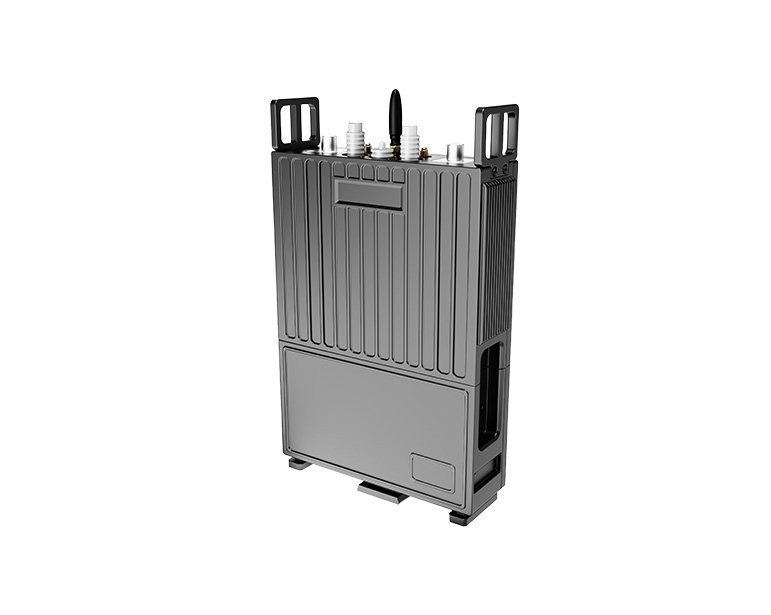 2025-10-30
2025-10-30 -
IP Mesh Radios: The Future of Tactical Wireless Networking
2025-10-27 -
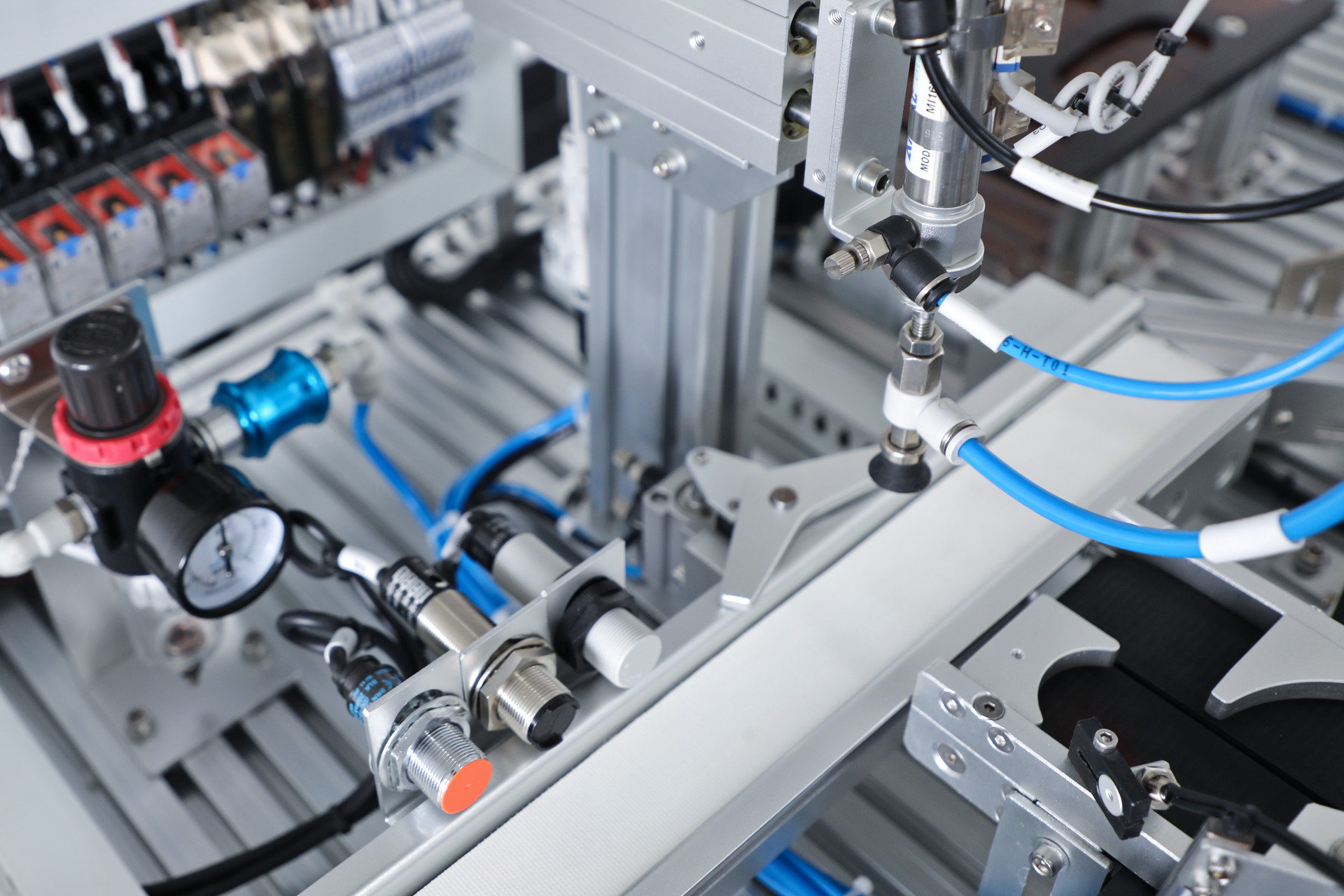
What Is Wireless Data Transmission and How Does It Work?
2025-09-26 -
What are the Applications of Ad Hoc Wireless Network?
2025-09-11 -
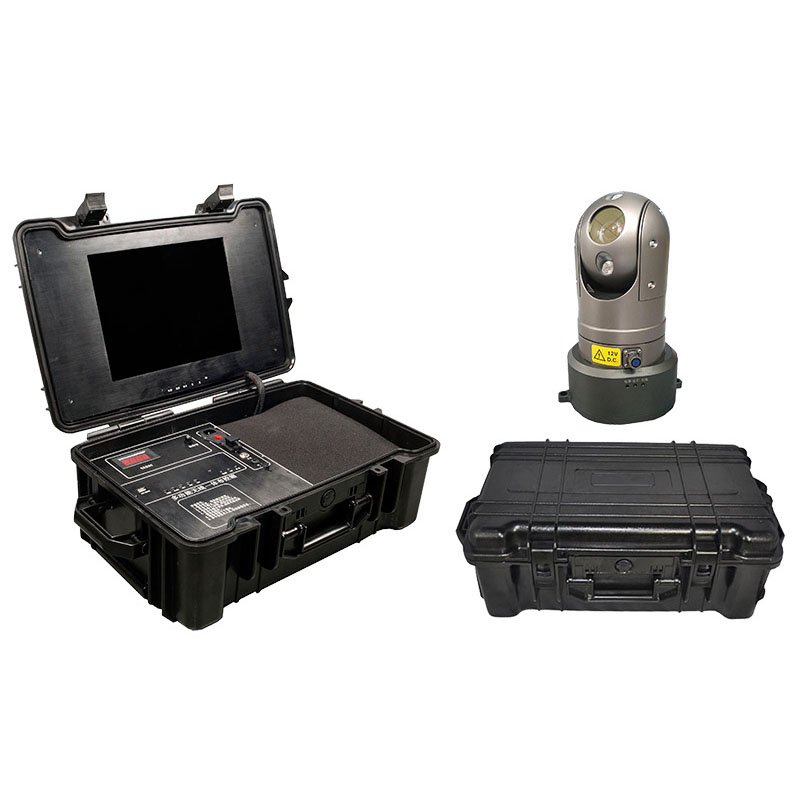
What Are Point to Point Wireless Bridges Often Used For?
2025-09-05 -

MESH Networking Module Selection Guide: From Dismounted Soldiers to UAV Applications
2025-08-28 -
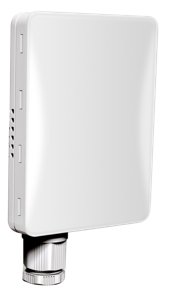
What Is a Point to Point Wireless Bridge Connection?
2025-08-07 -

What Is the Difference Between a Wireless Network and an Ad Hoc Network?
2025-07-16








